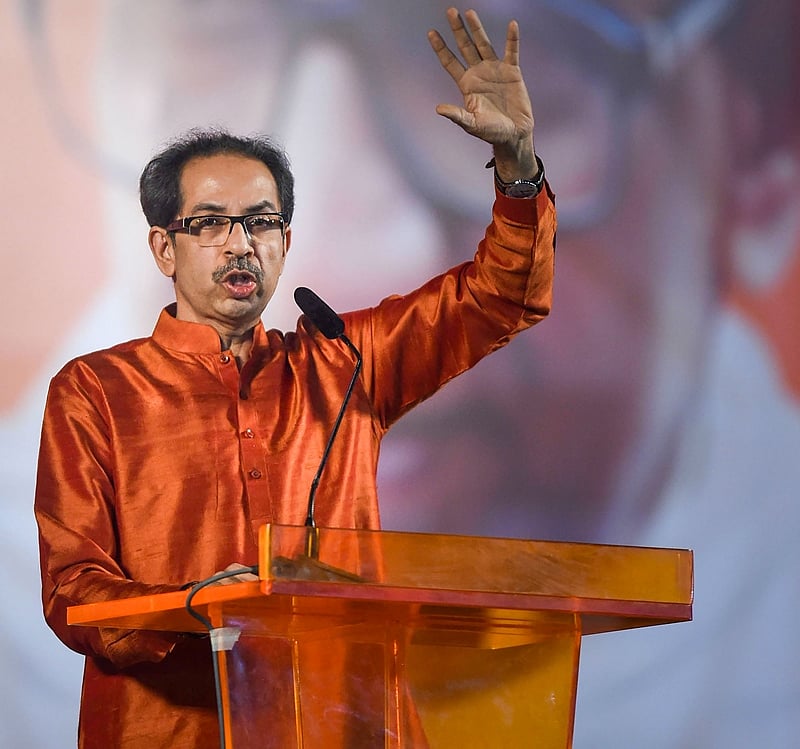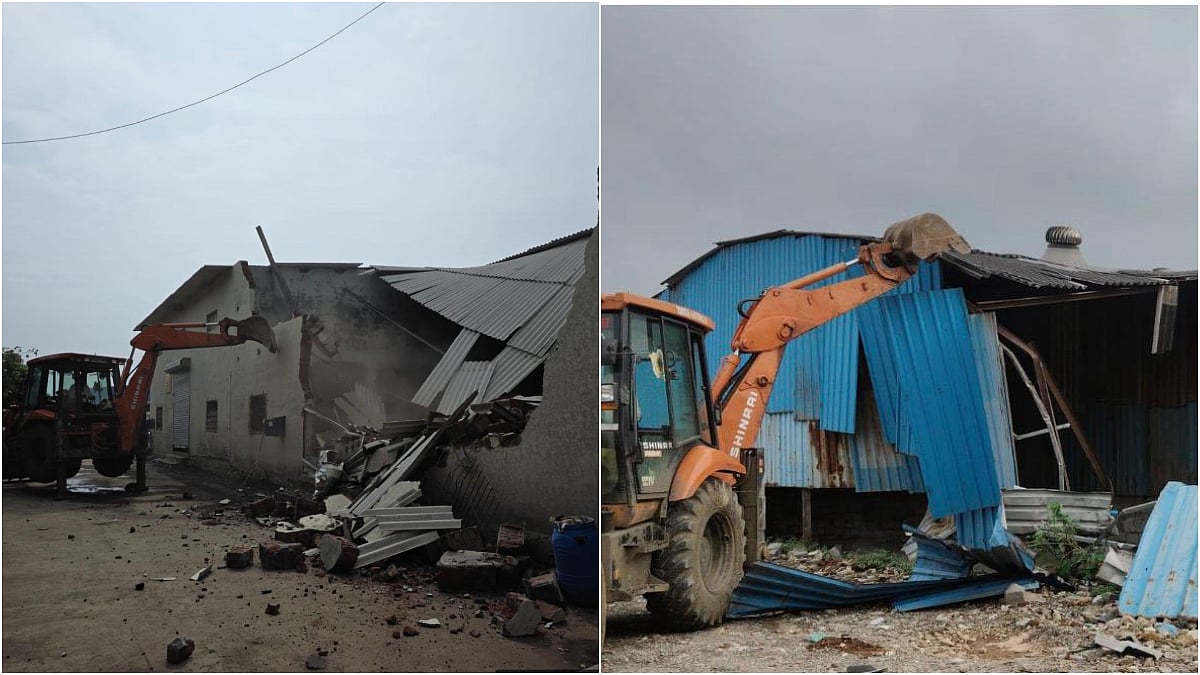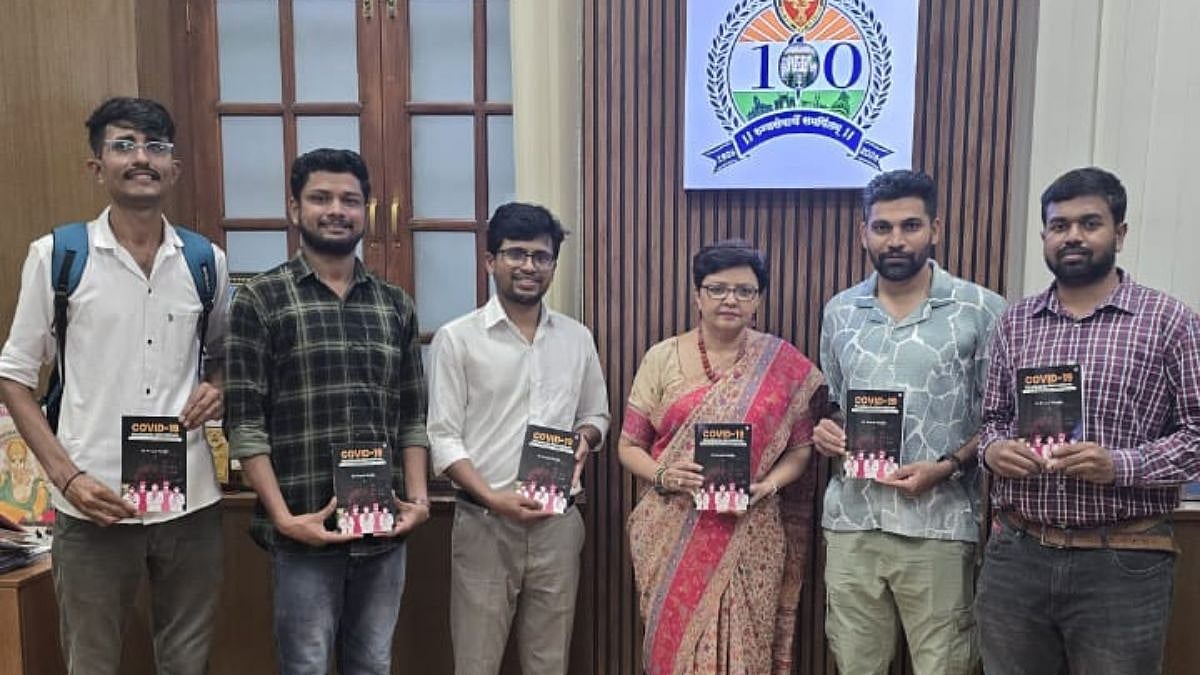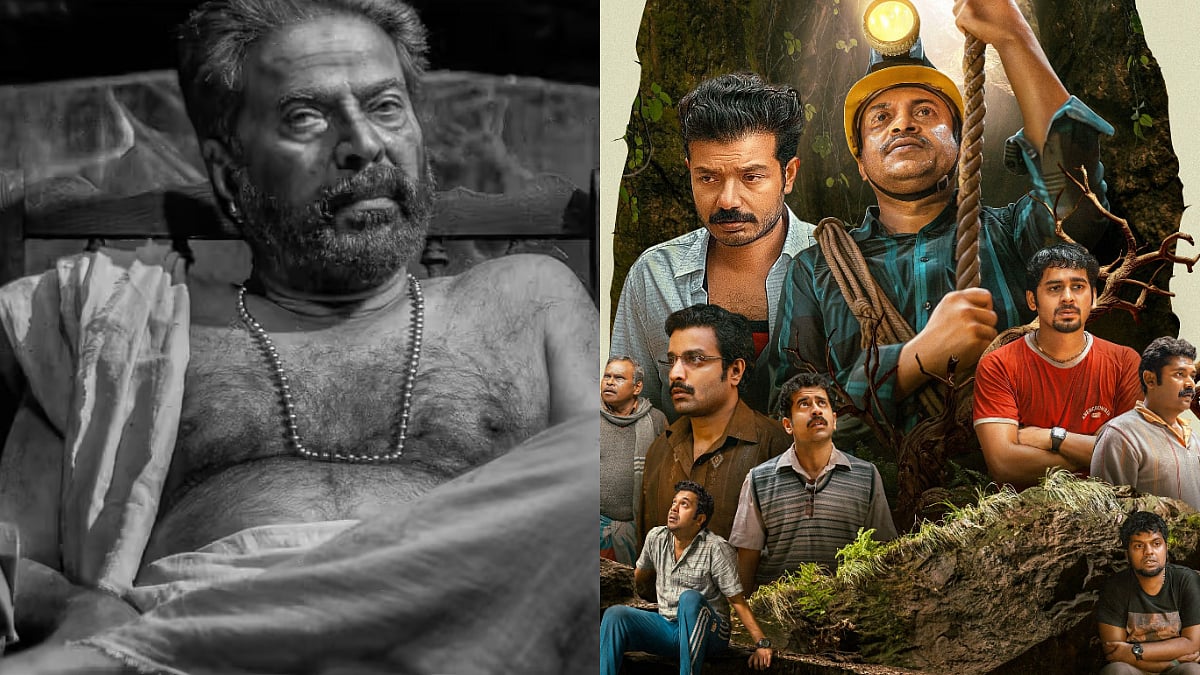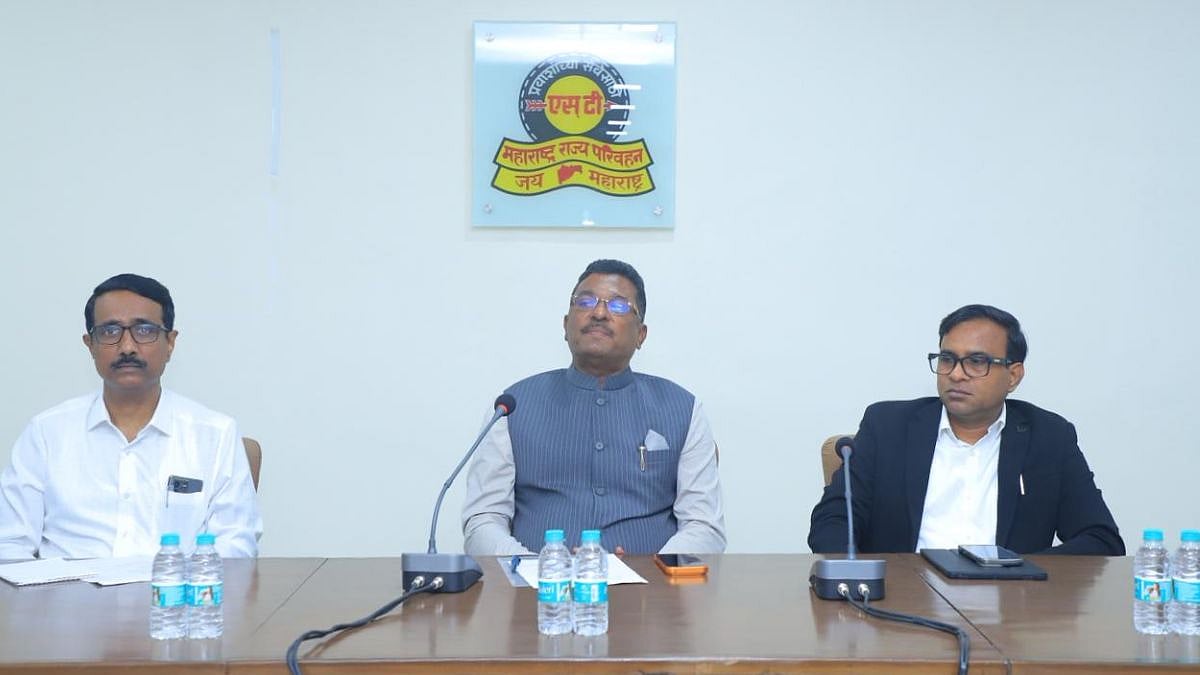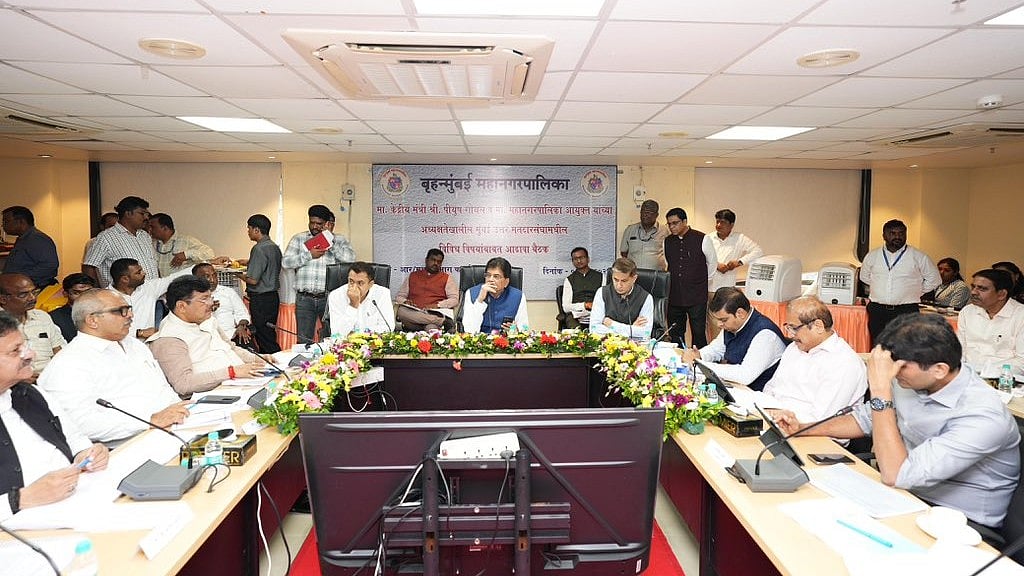The Shiv Sena’s impending break with the BJP and likely dalliance with the Congress and NCP, may pave the way for the Sena to sharpen its focus on linguistic politics in future.
The Sena’s alliance with the BJP since 1989 was on Hindutva agenda. There was a time the Sena founder said their party was a true Hindutva one. Since then, the party went soft on its core ‘Marathi manoos’ agenda, leading to a precarious balancing act.
With Sena severing links with the BJP, it could help the party to turn aggressively espousal to the cause of Marathi. This could give Sena potential to emerge as a regional, pan-Maharashtra outfit on lines of those in the southern states on the issue of regional pride.
Sena is a party which has seen several tectonic shifts in its politics during the assembly elections. For one, Aaditya, the elder son of Sena president Uddhav Thackeray, has become the first from his clan to seek public office, by contesting and winning an election to the state assembly.
This indicated the Thackerays, who prided themselves on being the remote control of the party and government, are no longer content with a diarchy of power and are seeking a more active role in governance.
While Aaditya was projected as the Sena’s CM nominee during the polls, a section of the party, especially the old guard, is rooting for Uddhav to take the mantle.
The Sena’s eventual break from the BJP will mark a major shift in its political direction. Though the Sena claims to be a pro-Hindutva party, it was born from the ashes of the Samyukta Maharashtra movement, as it capitalised on the anger and discontent among the Marathi-speaking people in Mumbai.
This linguistic group was disaffected after the formation of the state of Maharashtra, with Mumbai as the capital, did not lead to a change in their material well-being.
Sena’s shift to Hindutva was born out of political expediency rather than any ideological conviction. The changing demographics of Mumbai and nearby areas like Thane, where the growth of the non-Maharashtrian population outstripped that of the Sena’s core voters, necessitated the need to reach out an adjunct, auxiliary constituency.
The pro-Hindutva fervour in Maharashtra was also growing due to the Ram mandir movement, and the Sena, no stranger to this polarisation, due to its involvement in the protests at the Mahikavati, Durgadi and Haji Malang shrines and the Bhiwandi riots, made the obvious choice.
However, this shift to Hindutva came at a price. It meant turning a blind eye to the assertion of other communities like the Gujarati speakers. The change in Mumbai’s social, cultural and economic landscape, where the land belonging to defunct textile mills, staffed largely by Maharashtrian workers, was sold and replaced with gated housing complexes and service industries, accentuated this divide between these linguistic groups.
The simmering discontent between these sections burst open when Uddhav’s estranged cousin Raj, who had formed his own Maharashtra Navnirman Sena (MNS) in 2006, after quitting the Sena in the previous year, put back-on-track, the sons of the soil ideology.
Raj deftly put the Hindi-speakers, who competed with Maharashtrians in the burgeoning informal and unorganised sector, in his cross-hairs, leading to a groundswell of support for his party.
In 2009, the MNS won six seats in Mumbai, compared to just four of the Sena. Though a series of miscalculations led to the MNS gradually petering out later, these faultlines still exist.
In 2014, when the BJP snapped ties with its ally, the Sena, the inroads made by the former in traditional Maharashtrian areas like Dadar and Girgaum, underlined that a section of the upper-caste and upper-class Marathis and the cultural elite, had thrown in their lot with the BJP.
This was further accentuated by the 2017 elections to the Brihanmumbai Municipal Corporation (BMC), where both the parties contested separately. BJP won 84 seats against the Sena’s 86, pointing to the need for the later to keep its flock together.
The Sena’s parting with BJP will help to sharpen its focus on thier ‘Marathi manoos’ agenda by tapping into this latent discontent in the Marathi speakers, at the changing social and economic landscape in a post-modern Mumbai.
The Marathi-speakers may be a dwindling lot in Mumbai and the extended Mumbai Metropolitan Region (MMR), but still pack a potent punch. The Sena may find it easy to mobilise them due to the minority complex and sense of insecurity among these people.
—The writer is a journalist and author of the book ‘The Cousins Thackeray: Uddhav, Raj and the shadow of their Senas’
